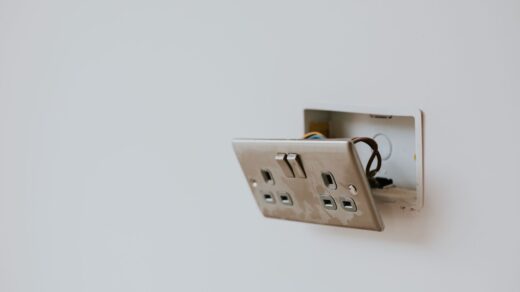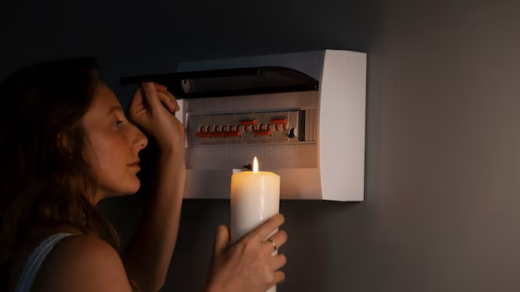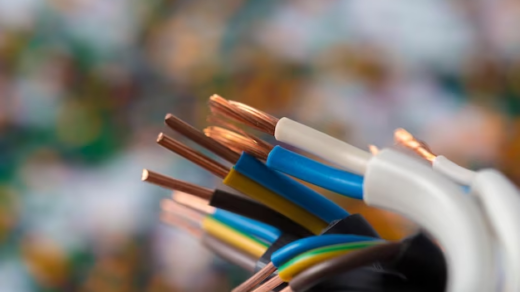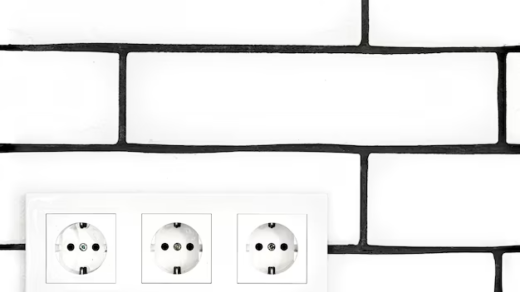Table of content
- Distinguishing Brownouts and Blackouts: A Deep Dive;
- Understanding Planned Power Interruptions;
- Are Brownouts Deliberate?;
- Distinguishing Rolling Blackouts from Brownouts;
- Root Causes of Unintentional Power Disruptions;
- Safeguarding Against Brownouts and Blackouts;
- Steps to Take During Power Interruptions;
- Brennan Electric: Seattle’s Premier Electrical Expertise;
- Video Guide;
- Conclusion.
The Electric Power Research Institute notes a 99.9% stability in the U.S. electric grid. A significant portion of interruptions are weather-induced, for instance, prolonged outages due to hurricanes. Excluding severe weather scenarios, power disruptions are rare, predominantly manifesting as brownouts or blackouts.
Distinguishing Brownouts and Blackouts: A Deep Dive
- Brownout Defined
A brownout is characterized by a decrease in voltage within the electrical supply system. It signifies a decrease in available power rather than a complete shutdown. Notably, most brief voltage declines aren’t considered brownouts; this term typically pertains to longer-lasting sags. The moniker originates from the brownish tint conventional bulbs produce during such a voltage drop.
- Impact of Brownouts on Electronics
Device behavior during brownouts varies. Some devices tolerate low voltage without any detriment, while others can potentially incur damage. For uncertain devices, unplugging is advisable. Commonly, brownouts induce a 10-25% power reduction, leaving some devices, like heating or lighting systems, relatively unaffected. Standard electrical grid fluctuations are typically within a 5% range, which most electronics can accommodate.
- Blackout: A Total Power Loss
A blackout, also known as a power outage, denotes a comprehensive power loss in a designated region. Often unpredicted, their duration remains undetermined. While severe weather is a predominant factor, pivotal equipment malfunctions at power stations or other distribution points can also instigate blackouts.
Certain devices, such as personal computers, are vulnerable to abrupt power losses. Hence, connecting such devices to an uninterruptible power supply is advisable. Moreover, surge protectors are recommended for other electronic devices, especially during a blackout.
Understanding Planned Power Interruptions
Occasionally, deliberate power interruptions are essential for maintenance or grid enhancements. Thanks to modern advancements, such planned outages are infrequent. When they do occur, timely notices with estimated durations are provided, typically scheduled during early morning hours. Pre-emptively unplugging devices is recommended.
Are Brownouts Deliberate?
Brownouts can emerge from intentional or spontaneous circumstances. While unplanned brownouts might share causes with blackouts, they reduce system capabilities rather than halting them entirely. Most brownouts are premeditated, serving as a moderate alternative to full outages, ensuring essential services remain active.
Distinguishing Rolling Blackouts from Brownouts
While rolling blackouts resemble many brownouts in their pre-planned nature, they entail a total power shutdown. These systematic blackouts, or “rotational load shedding,” ensure equitable power loss distribution across regions. Their purpose is power conservation, and their prevalence varies by region, with places like California employing them during wildfire seasons.
Root Causes of Unintentional Power Disruptions
Certain power disturbances, caused by extreme weather or unforeseen accidents, are inevitable. Yet, a 2020 article by Popular Mechanics highlighted that the U.S. faces more such disturbances than other developed nations, attributing this to aging infrastructure. Despite recent upgrades, the primary grid, constructed around the mid-20th century, is reaching the end of its expected lifespan.
Safeguarding Against Brownouts and Blackouts
Connect all electronics via quality surge protectors. This safeguards against potential power restoration surges. A UPS for computing devices and consideration for generators and comprehensive house surge protection is recommended.
Steps to Take During Power Interruptions
Primarily, disconnect any potentially vulnerable devices. For safety, switch off circuit breakers connected to major systems and appliances. If unsure about the nature of the outage, contact your local power company.
Brennan Electric: Seattle’s Premier Electrical Expertise
With over three decades of seasoned experience, Brennan Electric has been serving Seattle’s electrical needs. Our services encompass system assessments, repairs, and installations, including panels, surge protectors, and generators. Additionally, we offer a wide range of HVAC services.
Video Guide
If you still have questions, we suggest you watch the video we have prepared for you. Enjoy watching it!
Comparative Table: Brownouts vs. Blackouts
| Features/Types | Brownouts | Blackouts |
|---|---|---|
| Definition | Voltage reduction in the electrical supply system | Complete power loss in a specific region |
| Duration | Typically last for minutes to hours | Indeterminate; can last minutes to days |
| Cause | Often intentional for load reduction; sometimes due to equipment failure | Severe weather, equipment failures at power stations or substations |
| Impact on Electronics | Devices may operate at reduced functionality; some might be damaged | Total cessation of electronic operation; potential damage upon restoration |
| Indicators | Dimming of lights, slowed machinery | Complete darkness, halted machinery |
| Prevention | Difficult to prevent; can unplug sensitive devices | Surge protectors and UPS for vital equipment |
Key Takeaways: Safeguarding Your Home During Power Interruptions
- Surge Protectors: Ensure all electronics are connected through high-quality surge protectors to prevent damage during sudden power restorations;
- Uninterruptible Power Supply (UPS): Devices like PCs that are sensitive to power loss should have a UPS backup;
- Stay Updated: If unsure about the nature of a power outage, get in touch with your local power company;
- Limit Refrigerator Access: During outages, refrain from opening refrigerators and freezers frequently to retain the cold;
- Emergency Kit: Always have an emergency kit ready with essentials like a flashlight, batteries, candles, and a portable charger;
- Avoid Electrical Equipment: Do not touch any electrical equipment or cords during an outage;
- Manual Overrides: Familiarize yourself with manual overrides for automated systems like garage doors;
- Safe Practices: If you’re using generators, ensure proper ventilation to prevent carbon monoxide poisoning.
Conclusion
In today’s interconnected world, understanding the intricacies of our power grid is more crucial than ever. Brownouts and blackouts, although distinct in nature, both pose challenges to our daily routines and the safety of our electronics. Armed with the knowledge of their causes, impacts, and protective measures at our disposal, we can navigate these disruptions with minimal inconvenience. By investing in surge protectors, uninterruptible power supplies, and staying informed, we not only safeguard our homes but also contribute to a resilient community. As technology and infrastructure continue to evolve, so too should our strategies for tackling power-related challenges, ensuring a brighter and more secure future for all.








